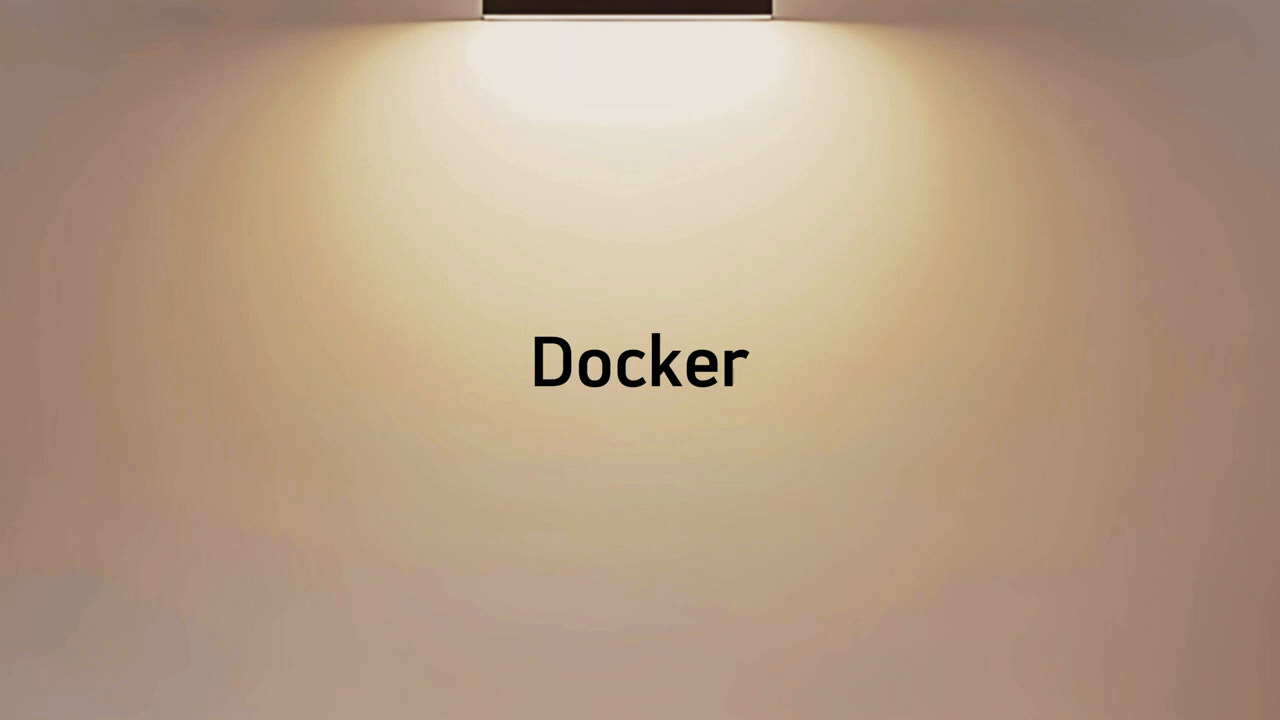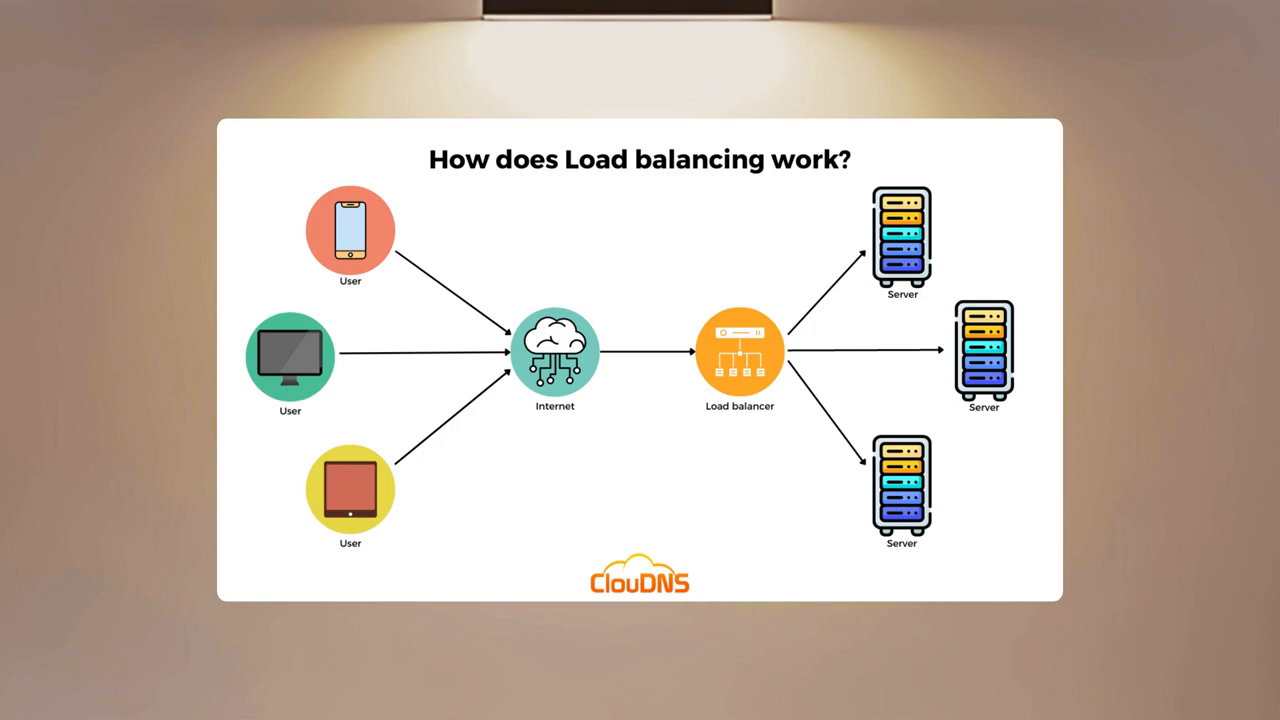Why Do We Need Docker Containers?
In this article, we will explore the concept of Docker containers and why they are necessary in the context of deploying projects. We will also discuss the benefits of using Docker and how it differs from traditional deployment methods.
 This is the beginning of the conversation about Docker containers.
This is the beginning of the conversation about Docker containers.
The Problem with Traditional Deployment Methods
When we deploy projects directly on a server, we need to install the necessary tools and configurations on that server. This can lead to problems when multiple projects require different versions of the same tool, and managing these dependencies can be difficult. Additionally, if we need to deploy the same project on multiple servers, we need to ensure that the configurations are identical, which can be time-consuming and prone to errors.
The Solution: Docker Containers
Docker containers provide a solution to these problems by allowing us to package our project and its dependencies into a single container that can be deployed on any server. This container is a self-contained unit that includes everything the project needs to run, including the operating system, libraries, and dependencies.
 This image illustrates the concept of a Docker container.
This image illustrates the concept of a Docker container.
Benefits of Using Docker Containers
Using Docker containers provides several benefits, including:
- Portability: Docker containers are portable, meaning they can be deployed on any server that supports Docker, without worrying about compatibility issues.
- Isolation: Docker containers provide isolation between projects, ensuring that they do not interfere with each other, even if they use the same dependencies.
- Efficient use of resources: Docker containers use fewer resources than traditional virtual machines, making them more efficient.
- Easy deployment: Docker containers make it easy to deploy projects, as they include everything the project needs to run.
How Docker Containers Work
Docker containers work by creating a snapshot of the project and its dependencies, which is then packaged into a container. This container can be deployed on any server that supports Docker, and the project will run as expected.
 This image illustrates the Docker architecture.
This image illustrates the Docker architecture.
Conclusion
In this article, we have explored the concept of Docker containers and why they are necessary in the context of deploying projects. We have also discussed the benefits of using Docker containers and how they work. In the next article, we will discuss how to use Docker containers in practice.
 This is the preview of the next article, where we will discuss how to use Docker containers in practice.
This is the preview of the next article, where we will discuss how to use Docker containers in practice.
Thank you for reading!
